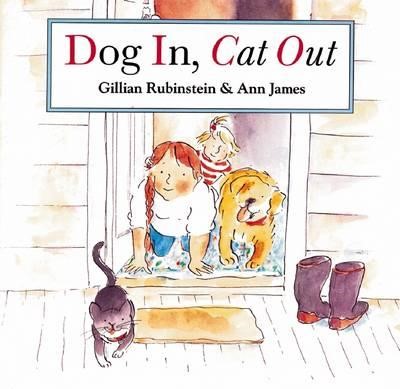What is time to children?
As adults, we know how time is measured; but it’s much harder to describe what time is to the average 7 year old. The standard unit of time is the second, and these are organised into aggregated units (minutes, hours, days etc.).
But what of non-standard measures of time, and the fact that time can ‘feel different’ depending upon what we are doing? For example, when we are having fun with friends or family, time seems to ‘fly’; but if we’re in an examination or a doctor’s waiting room, time seems to ‘drag’. Normally, when introducing measurement to children we start with informal units of measure; with time, this is obviously much harder!
Time is different from most other ‘measurement’ attributes that we experience because it cannot be seen or heard or touched (Van de Walle et al. 2010). We can’t ‘see’ time in the same way we can ‘see’ how tall someone is or how full something is. We can only ‘feel’ time as it goes past – and measure it on a device (a clock).
For this reason, time is a very abstract mathematical construct for children – and therefore their understanding needs to be anchored in concrete experiences drawn from the world around them.
Using the much loved Australian children’s book ‘Dog In, Cat Out’ (written by Gillian Rubinstein and beautifully illustrated by Ann James) as a stimulus, the lesson sequences and activities in this unit are a useful way to help children from Foundation to Grade 2 level gain an understanding of the concept of time, its measurement and its numeration.

Download the 12 lesson Unit, complete with Outline Masters, here.
‘Dog In, Cat Out: A Unit in ‘Time’ has been developed in consultation with Greta Public School (New South Wales), and with the book’s author’s and illustrator’s permission granted.



